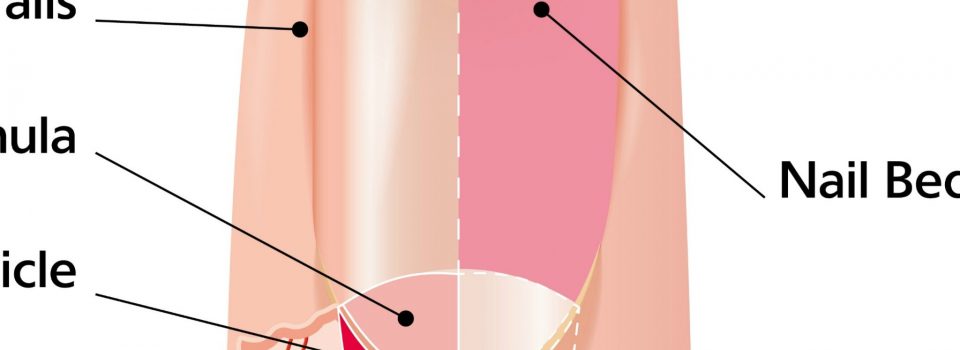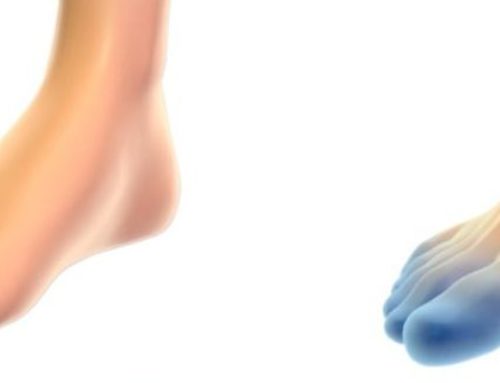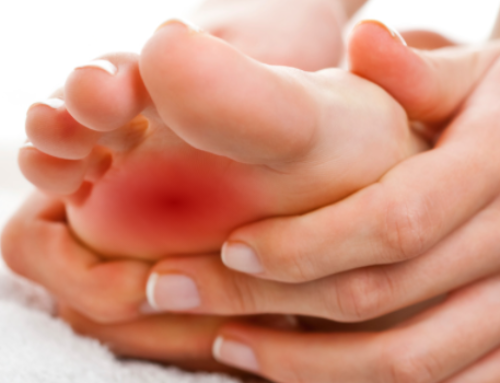
Nail fungus is an infection of the nail that begins with a slight discoloration (yellow or white spot) on the tip of your toenail. The medical name for a fungal infection is Onychomycosis (pronounced: on-i-ko-mi-KO-sis)
Signs and Symptoms associated with toe nail fungus may include:
- Nail discoloration (usually caused by build up dirt and debris under the nail)
- Thickening of the nail
- Distortion of the nail
- Pain
- Offensive odor
Treatments
If left untreated, nail fungus will worsen and become increasingly more difficult to treat. Repeat occurrences are common, but only if the fungus is not treated properly and effectively. Some possible treatments include:
- Oral medications: This treatment needs to be continuous for several months, as it will help the new nail grow infection free.
- Topical medications, which can be effective if used in conjunction with oral medication.
- Debridement; a process where the surface of your toe nail is filed down to reduce the volume of infected nail, in order to make other treatments more effective.
- Antifungal nail polish, which may be effective in mild to moderate cases of nail fungus infections. This lacquer is painted on the nail (and surrounding skin) once daily for 7 consecutive days, and is then wiped off with rubbing alcohol. This treatment may take up to 12 months to completely heal the fungal infection.
- Surgery to remove the infected nail, which may be necessary if the infection is severe and/or the pain is intolerable. The nail should grow back within a year.
- Laser or photodynamic treatments, which are successful in some individuals. This new treatment option involves applying acid to the affected nail, and then treating it with a special light.
Risk factors
Aging is the number one risk factor associated with nail fungus, because of the number of years being exposed to fungi, and the fact that nails grow slower as we age (which allows them to become susceptible to infection). In general, men are at a higher risk than women to contract nail fungus. Other factors that increase the chances of getting a fungus of the nail include:
- Constant exposure to a moist or humid environment
- Excess perspiration
- Poor circulation
- Psoriasis
- Wearing socks that do not effectively wick moisture away
- A weak immune system
- Diabetes
- Exposing bare feet in public areas that are wet and humid (such as community showers, locker rooms and swimming pools)
- Having another type of infection
- Tinea Pedis (athlete’s foot)
Nail fungus can become painful and cause irreversible damage to your nails. At the first sign of a nail fungus, it is advised to give Doctor Lefkowitz a call at 215-230-9707, and make an appointment to see him at Quality Foot Care’s Doylestown office.



